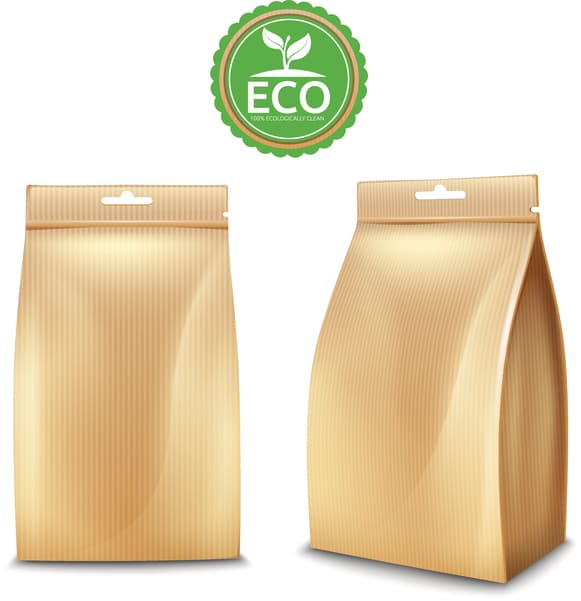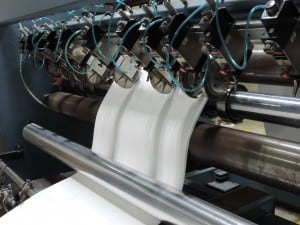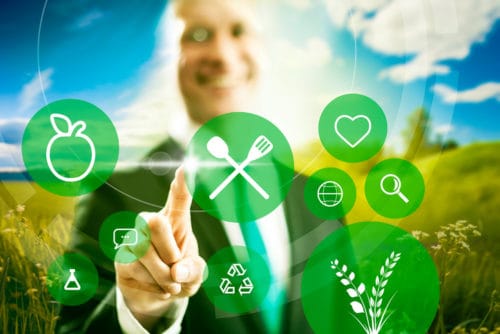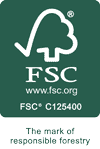Investing in environmentally-friendly packaging is quickly gaining momentum in many industries, including food and beverage. From a product development perspective, our paper experts have seen biodegradable packaging become increasingly popular.
According to the Environmental Protection Agency (EPA), a material can be described as biodegradable when it is “capable of being decomposed by the action of biological processes.”
In other words, a material is biodegradable if it will decompose within a reasonable amount of time when left outside in natural conditions.
RELATED: How to Choose Between Biodegradable, Compostable, and Recyclable Packaging
Packaging Materials and their Biodegradation Process
Glass, commonly used for packaging beverages and various high-end products, is not biodegradable. In fact, it can take up to 1,000,000 years to biodegrade. Plastics are not biodegradable, either; polyvinyl chloride (PVC), often used in food and beverage applications, is capable of physical breakdown but never truly decomposes. Polyethylene (also known as polythene or simply “poly”), another popular food packaging plastic, takes up to 1,000 years to biodegrade. Other plastics can take various lengths of time to biodegrade, averaging at about 450 years.

These packaging decomposition rates are untenable when striving for increased sustainability. Paper, on the other hand, is an ideal biodegradable option, taking anywhere from two to five months to decompose.
Biodegradable vs. Compostable
Because the terms are often incorrectly interchanged, biodegradability and compostability are frequently conflated. Adding to the confusion is the fact that the processes involve the same action — decomposing a material into an organic state. This decomposition occurs in two very different ways, however.
Compostable materials decompose only when in a carefully controlled environment, where factors such as source material, moisture content, temperature, oxygen levels, and acidity are all closely monitored. Biodegradable materials decompose through a chemical process where micro-organisms break down the materials resulting in carbon dioxide, methane, and biomass.
Paper Biodegradability
Paper is much more biodegradable than plastic or glass. Some paper can decompose faster than fully organic products. For example, paper towels often biodegrade quicker than thick fruit rinds such as orange or banana peels. However, it’s important to keep in mind that not all paper products biodegrade at the same rate.
Less processed papers, such as mechanically pulped products, biodegrade at slower rates than more highly processed papers. Paper containing mechanical pulp has higher amounts of lignin — very complex phenolic polymers found in the cell walls of trees — which interferes with biodegradation.
Designing Eco-Friendly Packaging
The right coating can provide resistance to grease, oil, water, oxygen-exposure, or a combination of these food-safe properties for paper-based packaging; while maintaining the eco-friendly standard. However, these types of properties are often provided by poly- or PVC-based substrates, thereby negating any of the potential environmental benefits of using paper in packaging.
To counter this issue and create truly environmentally friendly packaging, Sierra Coating Technologies has partnered with some of the nation’s most accomplished chemical companies to develop several biodegradable coatings.
As a leading contract and toll manufacturer of eco-friendly coating and lamination solutions, including poly and PVC replacements, Sierra is proud to be a part of the push toward sustainability. The benefit of working with Sierra is that we run tests on our production equipment to ensure the materials and substrates will run efficiently during a full-line production. If you’re ready to make the switch to environmentally friendly packaging, contact our chemical experts.





